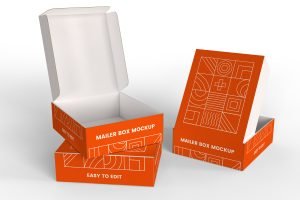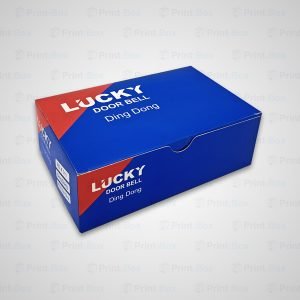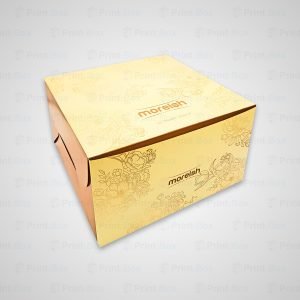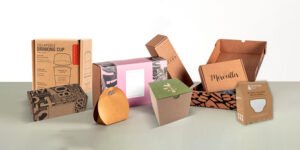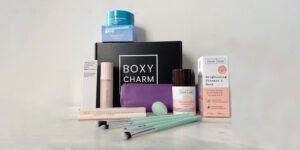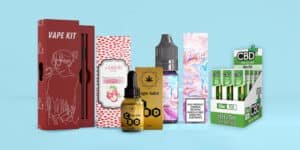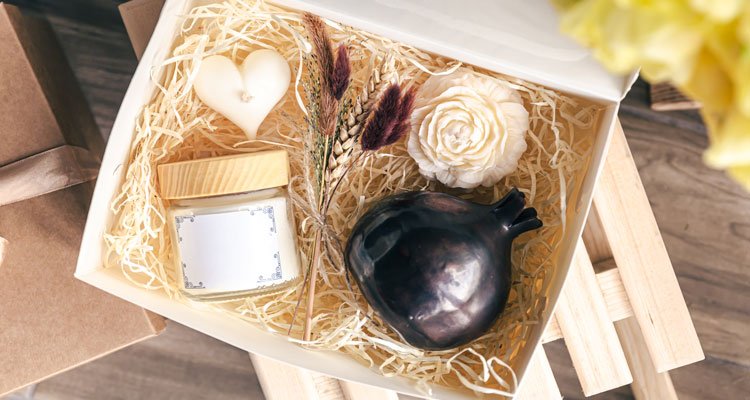In the world of product design and marketing, there’s an often-overlooked hero – the packaging. A well-designed package can not only protect the product but also convey its essence and appeal to potential customers. In this blog, we’ll delve into the intriguing world of custom doorbell packaging, exploring the importance of this vital component in delivering an outstanding customer experience.
The Doorbell Packaging Experience
Packaging is the first point of contact a customer has with a product. It’s the moment of truth, where the product’s appeal must be immediately apparent. Custom doorbell packaging, in particular, plays a unique role in setting the stage for what’s inside.
Imagine receiving a doorbell box that’s flimsy, unattractive, and uninspiring. This kind of packaging doesn’t just fail to protect the product; it diminishes the entire experience. On the other hand, a well-thought-out doorbell package can make the customer feel like they’re receiving a premium product, even before they see the doorbell itself.
The Role of Aesthetics
Visual appeal is a significant aspect of custom doorbell boxes. When done right, it can spark curiosity and create anticipation in the customer. Here are some key aesthetic considerations:
a. Design: The design of the packaging should reflect the brand’s identity and values. It can be sleek and modern, warm and inviting, or any other style that resonates with the target audience.
b. Colors: The color palette should be chosen with care. Bright and bold colors can be attention-grabbing, while muted tones may evoke a sense of sophistication. It’s essential that the colors align with the brand’s image.
c. Imagery: High-quality images of the product and its potential applications can give customers a better idea of what to expect. Lifestyle imagery can help them visualize how the doorbell will fit into their lives.
d. Typography: Fonts should be easy to read and consistent with the brand’s voice. Typography can set the tone for the entire packaging.
Material Matters
The choice of material for custom doorbell boxes is critical. It needs to strike a balance between protecting the product during transit and showcasing the product upon arrival. Common materials used for doorbell packaging include:
a. Cardboard: A popular choice for its affordability and eco-friendliness. Cardboard can be printed with vibrant designs and is easy to recycle.
b. Corrugated Cardboard: Offers additional protection due to its layered construction. It’s ideal for safeguarding the doorbell against bumps and jostles during shipping.
c. Plastic: Transparent plastic packaging can allow customers to see the product without opening the box. It’s also more durable and provides excellent product visibility.
d. Metal Tins: These can be a premium option, lending an air of luxury to the unboxing experience. However, they are less common for doorbell boxes.
Sustainability in Printed Doorbell Packaging
In recent years, sustainability has become a focal point in product packaging. As consumers become more environmentally conscious, brands are seeking ways to reduce the ecological footprint of their packaging. This trend has also impacted the world of printed doorbell boxes.
a. Eco-friendly Materials: Many doorbell manufacturers are transitioning to eco-friendly materials like recycled cardboard and biodegradable plastics. This not only aligns with the green movement but also appeals to consumers who prioritize sustainability.
b. Minimalist Design: Simplifying packaging design and reducing excess materials not only conserves resources but can also create a clean, modern aesthetic.
c. Compact Packaging: Efficiently designed packaging reduces shipping costs and lowers carbon emissions. This is a win-win for both the brand and the environment.
d. Recycling Information: Brands are increasingly providing information on how to properly recycle the packaging, encouraging customers to dispose of it responsibly.
Unboxing Experience
The unboxing experience is a crucial part of the customer journey, and doorbell packaging can play a significant role in making it memorable. Here’s how:
a. Easy Access: The packaging should be easy to open. It can be frustrating for customers to struggle with layers of tape or complex seals.
b. Protective Inserts: Inserts like foam padding or molded plastic can keep the doorbell secure and prevent damage during shipping. They also add a premium feel to the unboxing experience.
c. Information Cards: Including informative cards or booklets that guide users through the installation and setup process can enhance the overall customer experience.
d. Personal Touch: Some brands include handwritten thank-you notes or small gifts in their packages, which creates a lasting impression of thoughtfulness.
Branding and Storytelling
Doorbell boxes with logo can serve as a storytelling platform for the brand. The box can tell the story of the product’s journey from conception to creation. It can communicate the brand’s mission, values, and commitment to quality.
a. Brand Logo: Placing the brand logo prominently on the packaging is an essential component of branding. It builds brand recognition and trust.
b. Product History: Including a brief history of the product or the brand’s journey can connect customers on a personal level and create a sense of trust.
c. QR Codes: QR codes can link customers to additional information, installation guides, or customer support, enhancing the post-purchase experience.
Challenges and Innovations
In the ever-evolving world of packaging, there are ongoing challenges and innovations. For doorbell packaging, challenges may include finding new ways to reduce waste, improve sustainability, or create eye-catching designs.
a. Interactive Packaging: Some brands are experimenting with augmented reality (AR) and virtual reality (VR) elements in their packaging to provide an interactive unboxing experience.
b. Antitheft Features: Security features in packaging are becoming more critical, especially for high-end doorbell products. These features deter tampering and theft during the shipping process.
c. Easy Disposal: Brands are exploring ways to make it easy for customers to recycle or repurpose their packaging, reducing the environmental impact.
The Future of Doorbell Packaging
As the packaging industry continues to evolve, the future of doorbell packaging holds exciting possibilities. Some of the potential trends include:
a. Smart Packaging: Incorporating smart technology into packaging to enhance customer interaction and provide real-time product information.
b. Eco-Friendly Materials: An increasing shift towards completely sustainable packaging materials that leave no ecological footprint.
c. Personalization: Tailoring packaging to individual customers, including their names and specific preferences.
d. Enhanced Security: The integration of advanced security features to prevent theft and tampering during shipping.
Conclusion
Doorbell packaging is an often-underappreciated element in the world of product design and marketing. At PrintnBox, we think that the packaging plays a vital role in protecting the product, enhancing the customer experience, and conveying the brand’s identity and values. As the world of packaging continues to evolve, doorbell packaging will undoubtedly keep pace, offering innovative and sustainable solutions that delight customers and safeguard the environment. Whether through aesthetics, material choices, or storytelling, the packaging is an essential part of the doorbell’s journey from the factory to your doorstep.

